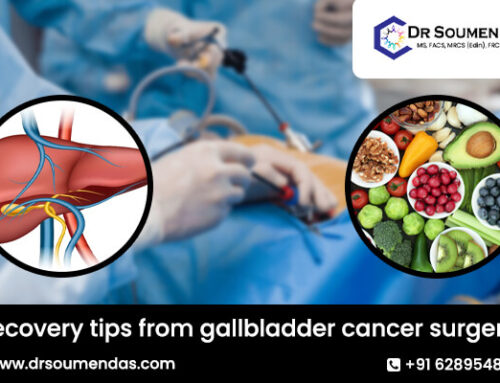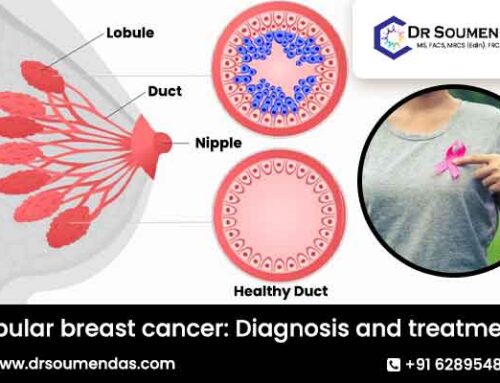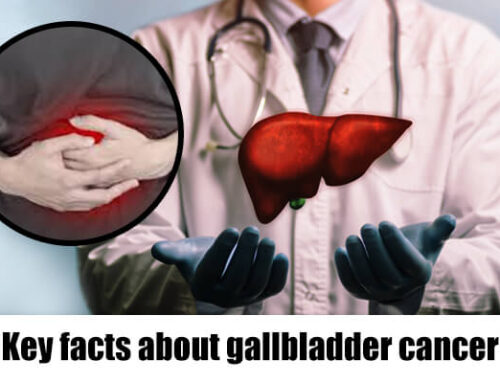Invasive ductal carcinoma initiates in the milk ducts of one’s breast, hence the name “ductal,” and is characterized by the invasive nature of cancer cells. These cells break through the walls of the milk ducts and invade surrounding tissues in the breast. Below, Dr S. Das, a breast cancer surgeon in Kolkata, has discussed its treatments.
Before we delve into the treatments of invasive ductal carcinoma, let us first take a look at its symptoms.
Symptoms:
- Breast Lump or Mass: The most common symptom of IDC is the presence of a new lump or mass in the breast. This lump is often painless but can be tender or painful in some cases. It is usually firm and irregularly shaped.
- Change in Breast Size or Shape: IDC can cause the affected breast to change in size or shape. This change may be noticeable as one breast appears larger or different in shape compared to the other.
- Skin Changes: The breast skin may develop certain changes, including dimpling or puckering.
- Nipple Changes: Changes in the areola and nipple can occur, such as retraction (pulling inward), inversion (turning inward), or scaling and flaking of the skin around the nipple.
- Nipple Discharge: A bloody or clear discharge from the nipple, especially when it occurs without squeezing or stimulation, can be a symptom of IDC.
- Redness or Rash: The skin over the breast may become red, swollen, or develop a rash that does not go away.
- Swelling or Thickening: Some people with IDC may experience swelling or thickening of the breast tissue, even without a noticeable lump.
- Pain: While IDC is often painless, some individuals may experience breast pain or discomfort, particularly if the cancer is advanced.
Best treatments (Surgical interventions):
Here, the best breast cancer doctor in Kolkata has listed the treatments of invasive ductal carcinoma.
- Lumpectomy: This is a breast-conserving surgery where only the tumor and a margin of healthy tissue around it are removed. It is usually followed by radiation therapy to destroy any remaining cancer cells.
- Mastectomy: In some cases, a mastectomy may be recommended. This surgery removes the entire breast tissue, including the nipple and areola. Depending on the stage of cancer, a single or double mastectomy may be performed.
- Sentinel lymph node biopsy: This procedure helps determine if cancer has spread to the lymph nodes. The surgeon removes the sentinel lymph node, the first lymph node that the cancerous cells are likely to reach.
- Axillary lymph node dissection: If the sentinel lymph node biopsy shows that cancer has spread to the lymph nodes, an axillary lymph node dissection may be performed. This involves the removal of several lymph nodes from the armpit area.
- Breast reconstruction: Following a mastectomy, breast reconstruction may be an option. This procedure aims to restore the shape and appearance of the breast. Reconstruction could be done using breast implants or natural tissue taken from other parts of the body.
It is important to note that the choice of surgical treatment depends on various factors, such as the stage of cancer, the size of the tumor, and the patient’s overall health. A comprehensive evaluation by the breast cancer surgeon in Kolkata is necessary to determine the most appropriate treatment plan for the condition.






